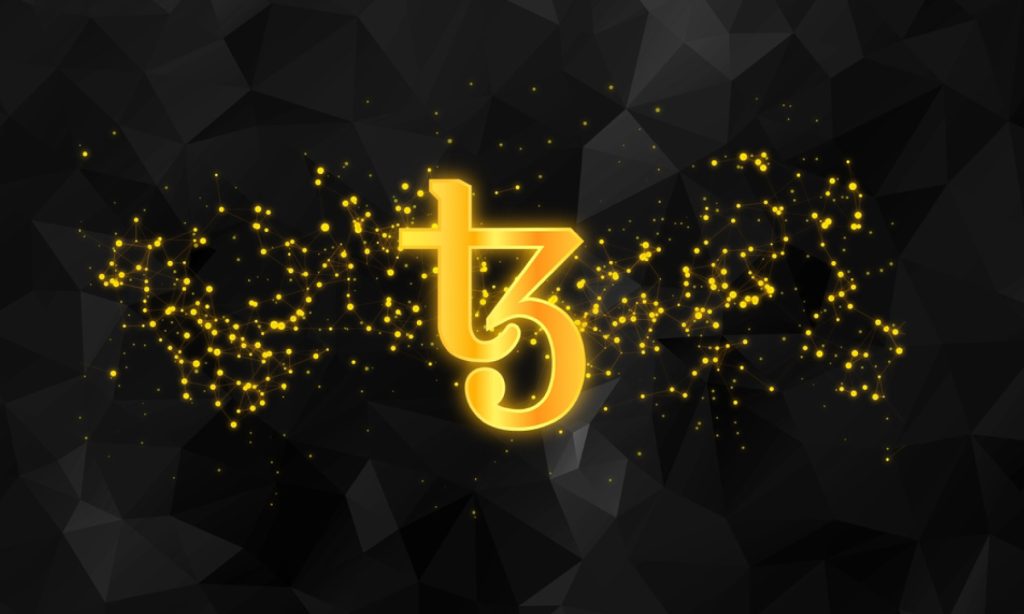Tezos, one of the more eco-friendly layer 1 blockchain networks, activated the much-awaited Kathmandu upgrade on its mainnet to improve its scalability. Proposed in July by the associated development firms and Tezos contributors, the 11th Tezos protocol enhancement was finalized via a successful on-chain governance proposal.
The activation went live at 2.00 a.m. IST on Saturday. Nomadic Labs, DaiLambda, Tarides, Oxhead Alpha, Functori & Tweag, and Marigold, are the associated development firms and contributors incharge of this protocol enhancement.
Here is the tweet announcing the same:
Welcome to #Kathmandu – @Tezos' 11th protocol upgrade.
The #blockchain built to last.#Tezos #BlockchainEvolved pic.twitter.com/doFOKxJaY4
— Tezos (@tezos) September 23, 2022
Notably, Tezos’s mainnet upgrade comes days after Ethereum’s watershed moment— the “Merge” and Cardano’s much anticipated “Vasil” fork. It is evident that almost every Layer-1 blockchain is trying to become faster and more scalable after Ethereum entered the playing field. Tezos, with its Kathmandu upgrade, aims to initiate similar changes.
What does the upgrade aim to achieve?
With this upgrade, Tezos plans to bring in layer-2, off-chain transactions. The scalability improvement plan would employ the “Optimistic Roll-Up” technology to improve transaction throughput and streamline the process of block validation.
However, it is to be noted that the Kathmandu upgrade doesn’t directly add the roll-up support. Instead, it prepares the Tezos blockchain for similar, layer-2-specific infrastructure building.
The primary purpose of this upgrade is to experiment with new features on the Ghostnet (testnet). Most of these experiments involve testing the degree of randomness for PoS-led validation and enhancing blockchain security. Other protocol developments like preparing the smart contract for increased storage are also expected to roll out along with Tezos’s 11th mainnet upgrade since inception.








